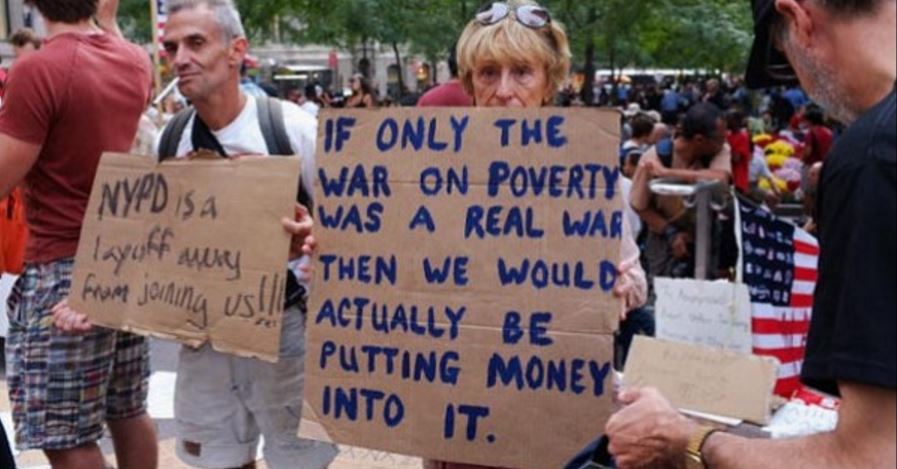HHS releases report showing poverty reduction impact of safety net has increased tenfold since war on poverty began in 1964
Just over 50 years ago, President Lyndon B. Johnson declared an “unconditional war on poverty.” Today, the Department of Health and Human Services is releasing a report demonstrating the increasing impact of safety net programs in lifting families and children out of poverty, while also documenting the need for more progress.
The report shows that the programs started as part of President Johnson’s War on Poverty, together with safety net programs introduced later, substantially reduce the level of poverty in the United States by providing food and housing assistance, child support for families, health care coverage, direct economic support, and benefits that enable work. The report also shows:
- The share of Americans lifted out of poverty each year by government programs and policies has increased tenfold since the 1960s.
- The impact of the safety net on child poverty has grown substantially over time, reducing the number of children who do not have the resources to meet their basic human needs by just over 8 million in 2012.
- The safety net played a particularly important role in reducing poverty rates during the Great Recession.
“Without the Federal safety net programs, millions of American families would not have the resources to meet their basic human needs,” said Dr. Richard Frank, Assistant Secretary for Planning and Evaluation at HHS.
In 2012, the full safety net cut overall poverty nearly in half, with some programs providing strong overall impact and others especially helpful for particular populations:
- Social Security, tax credits for working families, and the Supplemental Nutrition Assistance Program (SNAP) have the largest overall positive effects on poverty.
- Tax credits and SNAP benefits do the most to protect children from deprivation.
- Programs including Supplemental Security Income (SSI), Temporary Assistance for Needy Families (TANF), housing assistance, and child support have a substantial positive impact on poverty rates among program recipients, but their more limited reach among poor families limits their overall antipoverty impact.
The report documents that continued focus is necessary to reduce the number of people in need of society’s help. Of particular concern are high poverty rates among children, among adults who did not complete high school, and in particular communities. Strategies including early childhood interventions, job-driven training, expanded tax-based help for low wage childless workers and noncustodial parents, and multi-sector place-based initiatives, coupled with a fortified safety net for temporary periods of need, are needed to ensure that vulnerable individuals can attain economic self-sufficiency, and that the next 50-year report will show even more progress.
To read the full report, visit https://aspe.hhs.gov/poverty-united-states-50-year-trends-and-safety-net-impacts.
Viewers are encouraged to subscribe and join the conversation for more insightful commentary and to support progressive messages. Together, we can populate the internet with progressive messages that represent the true aspirations of most Americans.
